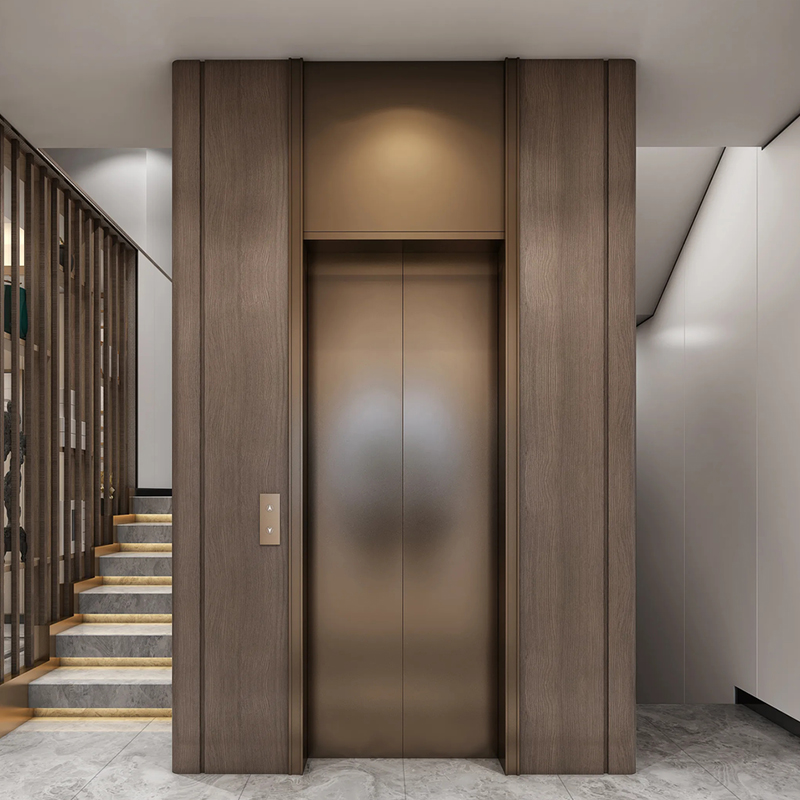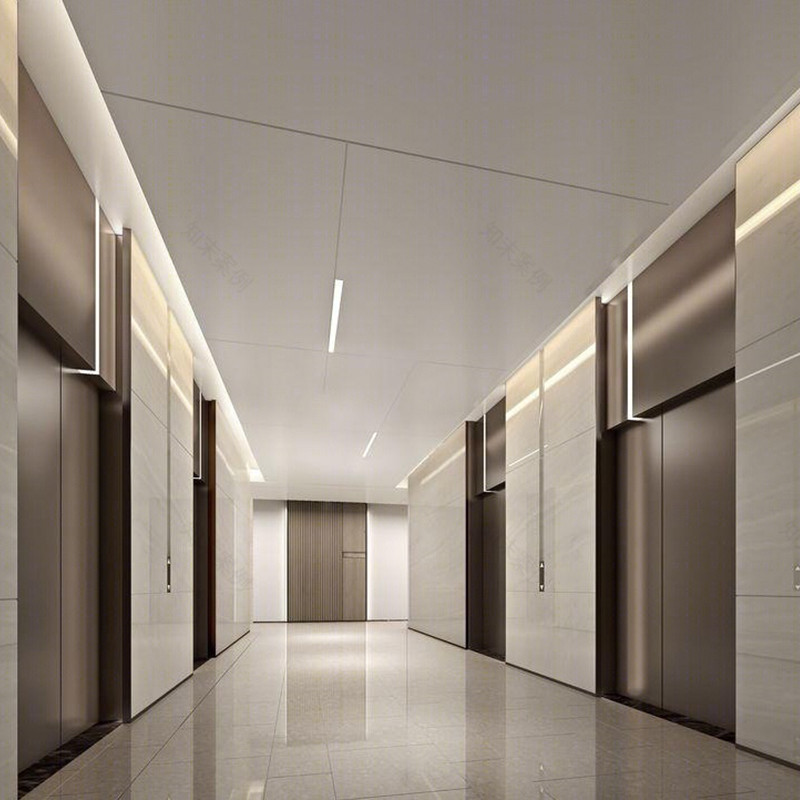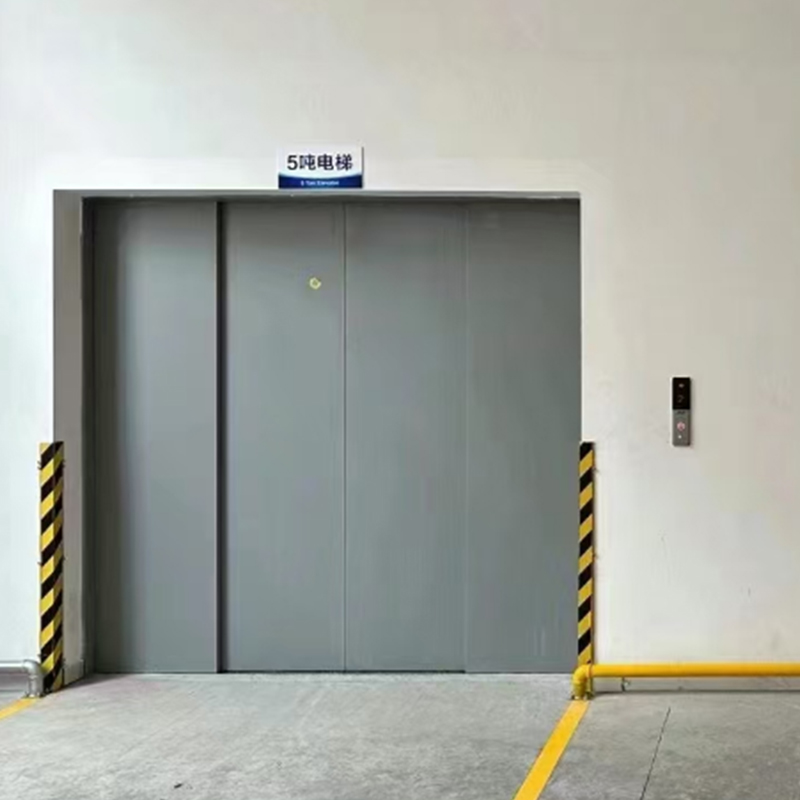
Indoor traction residential elevators: efficient vertical transportation solutions for modern homes
Posted by Admin | 03 Jul
As modern residential designs become increasingly diverse, people's requirements for quality of life continue to increase, and home elevators are gradually becoming standard configurations for high-end homes, duplex apartments and villas. Among the many types of home elevators, indoor traction residential elevators are gaining favor with more and more families due to their advantages such as smooth operation, energy saving and high efficiency, and low noise.
Indoor elevators designed for residential environments
This type of elevator is essentially different from commercial elevators or outdoor elevators, and its design is completely centered around the needs of home use. Since the installation environment is limited to indoor space, there is no need to consider external factors such as extreme weather, waterproofing and rust prevention during design, so you can focus more on the perfect integration with the home style. The car material can be selected from a variety of options such as wood, glass or metal, and with a carefully designed lighting system, the elevator not only has practical functions, but also can become an organic part of the interior decoration of the house.
The characteristics of indoor installation make this type of elevator do not require additional protective structures, and the overall design is more compact and exquisite, which can perfectly adapt to the limited shaft space. This feature makes it particularly suitable for renovation projects of villas, duplexes and old houses, providing flexible solutions for different types of residences.
Core advantages of traction drive technology
As the mainstream technology in the current elevator industry, the traction drive system uses steel wire ropes or belts to achieve smooth operation of the car driven by an electric motor. Compared with traditional hydraulic or screw drive methods, traction elevators have many significant advantages:
The application of permanent magnet synchronous gearless traction motors not only greatly reduces power consumption, but also achieves nearly silent operation. This advanced drive method, combined with the counterweight balance system, ensures that the elevator has almost no sense of frustration when starting and stopping, bringing users an unprecedented riding comfort experience. From a long-term use perspective, its excellent energy efficiency performance can save families considerable energy expenses.
In terms of maintenance, the mature traction system structure shows an extremely low failure rate and requires less daily maintenance, which is particularly suitable for long-term family use. Although this type of elevator has certain requirements for the depth of the shaft and usually requires a pit, its comprehensive performance still makes it the preferred solution for residential elevators.
Silence and safety: key requirements for residential elevators
In residential environments, elevator noise control is particularly important. The motor and track running noise of traditional commercial elevators may be particularly abrupt in a quiet home environment. Indoor traction residential elevators control the running noise to the lowest level through carefully optimized drive system and track design, ensuring that it will not interfere with the normal rest and daily life of family members.
Safety performance has always been the top priority in the design of home elevators. Such elevators are usually equipped with multiple safety protection mechanisms, including but not limited to emergency power supply systems, anti-pinch sensor door devices, and child safety locks. It is particularly worth mentioning that when encountering sudden power outages, the elevator can automatically level and safely release passengers; the sensitive anti-pinch sensor device can effectively prevent accidental pinching accidents; and the special child safety lock can prevent safety hazards caused by minors' misoperation. These comprehensive safety designs are particularly suitable for families with elderly people, children or people with limited mobility.
Applicable scenarios and future development trends
Indoor traction residential elevators are mainly suitable for residential buildings with 2-6 floors, and show unique value in multiple application scenarios:
In villas and duplex houses, this type of elevator provides a convenient inter-floor access solution, which significantly improves living comfort and quality of life. For aging residential renovation projects, they can effectively solve the problem of going up and down stairs for the elderly or people with limited mobility, greatly enhancing the barrier-free use experience of the residence. In the field of high-end apartment development, as residential supporting facilities, this type of elevator has become an important element in enhancing property value and market competitiveness.
Looking to the future, with the rapid development of smart home technology, indoor traction residential elevators are evolving in a smarter and more environmentally friendly direction. The integration of artificial intelligence voice control systems will achieve a more natural human-computer interaction method; the automatic elevator call function can predict user needs and provide proactive services; remote monitoring technology makes elevator maintenance and fault warnings more timely and efficient. In terms of sustainable development, the introduction of solar power supply systems will further reduce the energy consumption of elevators, making them truly green home appliances. These technological innovations will continue to drive residential elevators towards a smarter and more environmentally friendly direction, bringing more possibilities to modern family life.
-
 Founding Road, Qidu Linhu Economic Zone, Wujiang City, Jiangsu Province, China
Founding Road, Qidu Linhu Economic Zone, Wujiang City, Jiangsu Province, China
-
 [email protected]
[email protected]
-
 +86 17701557926/+86 0512-63818375
+86 17701557926/+86 0512-63818375


 En
En English
English русский
русский Español
Español عربى
عربى





